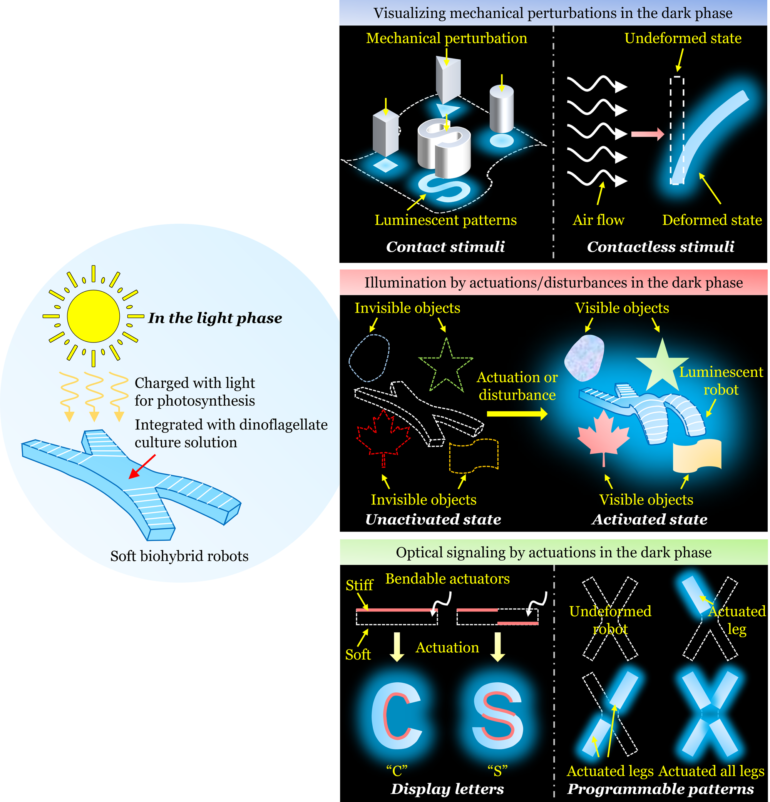Optical devices and materials allow scientists and engineers to harness light for research and real-world applications, like sensing and microscopy. Federico Capasso’s group at the Harvard John A. Paulson School of Engineering Applied Sciences (SEAS) has dedicated years to inventing more powerful and sophisticated optical methods and tools. Now, his team has developed new techniques to exert control over points of darkness, rather than light, using metasurfaces.
“Dark regions in electromagnetic fields, or optical singularities, have traditionally posed a challenge due to their complex structures and the difficulty in shaping and sculpting them. These singularities, however, carry the potential for groundbreaking applications in fields such as remote sensing and precision measurement,” said Capasso, the Robert L. Wallace Professor of Applied Physics and Vinton Hayes Senior Research Fellow in Electrical Engineering at SEAS and senior corresponding author on two new papers describing the work.
In 2011, Capasso’s lab introduced metasurfaces, or sub-wavelength-spaced arrays of nanostructures. In 2016, they used metasurfaces to build high-performance metalenses—flat optical lenses comprising nanopillars that they fabricated using semiconductor lithography techniques—which unlocked a new strategy to focus light using extremely lightweight devices.
The newest studies from the Capasso group—published in Nature Communications and Science Advances—report how metasurface technology can harness not just light, but also darkness.
“Both of these studies introduce new classes of optical singularities—regions of designed darkness—using powerful but intuitive algorithms to inform the fabrication of metasurfaces,” said Soon Wei Daniel Lim, co-first author of the paper in Nature Communications with Joon-Suh Park.
In that study, Lim and collaborators designed and fabricated an optical device containing metasurfaces of titanium dioxide nanopillars that can control light to create an array of optical singularities.
To control exactly where these points of darkness appear, Lim used a computer algorithm to help him reverse engineer the design of the metasurface.
“I told the computer: Here’s what I want to achieve in terms of dark spots, tell me what shape and diameter the nanopillars should be on this metasurface to make this happen,” he said.
As light travels through the metasurface and lens, it generates a prescribed array of dark spots.
“These dark spots are exciting because they could be used as optical traps to capture atoms,” Lim said. “It’s possible this could be used to simplify the optical architecture used in atomic physics labs, replacing today’s conventional equipment—instruments that take up 30 feet of space on a lab table—with compact, lightweight optical devices.”
Dark spots aren’t just handy for trapping atoms. They can also be useful as highly precise reference positions for imaging.
“Points of darkness are much smaller than points of light,” Lim said. “As part of an imaging system, that makes them effective points of measurement to accurately discriminate between two different positions within a sample.”
In their Science Advances paper, the Capasso group described a new class of optical singularities: extremely stable points of darkness in a polarized optical field, known as polarization singularities.
“We’ve designed points of darkness that can withstand a wide range of perturbations—they are topologically protected,” said Christina Spaegele, first author of the paper. “This robustness opens the way to optical devices with high reliability and durability in various applications.”
Previous research achieved some polarization singularities, but the conditions for maintaining that perfect spot of darkness were extremely fragile, making them easily destroyed by stray light or other environmental conditions.
“By shining light through a specially-designed metasurface and focusing lens, we can produce an unwavering polarization singularity surrounded entirely by points of light—essentially creating a dark spot inside a sphere of brightness,” Spaegele said.
The technique is so robust that even introducing a defect to the metasurface doesn’t destroy the dark spot, but simply shifts its position.
“This degree of control could be especially useful for imaging samples in ‘hostile’ environments, where vibrations, pressure, temperature, and stray light would typically interfere with imaging behavior,” Spaegele said.
The team says these new developments in optical singularities have implications for remote sensing and covert detection.
“Points of darkness could be used to mask out bright sources while imaging a scene, allowing us to see faint objects that are otherwise overshadowed,” Capasso said. “Objects or detectors placed at these dark positions will also not give away their position by scattering light, allowing them to be ‘hidden’ without affecting the surrounding light.”
More information:
Christina M. Spaegele et al, Topologically protected optical polarization singularities in four-dimensional space, Science Advances (2023). DOI: 10.1126/sciadv.adh0369
Soon Wei Daniel Lim et al, Point singularity array with metasurfaces, Nature Communications (2023). DOI: 10.1038/s41467-023-39072-6
Provided by
Harvard John A. Paulson School of Engineering and Applied Sciences
Citation:
Building robust optical structures made of darkness (2023, June 28)
